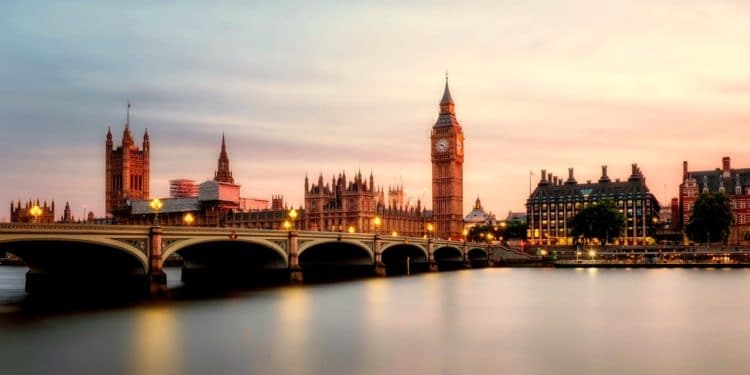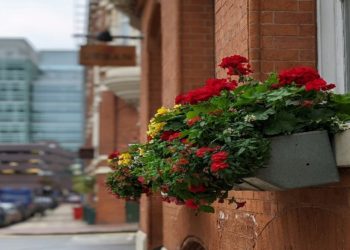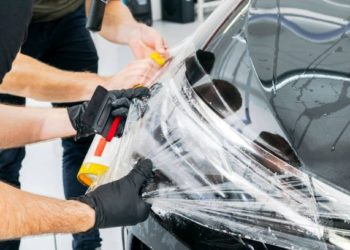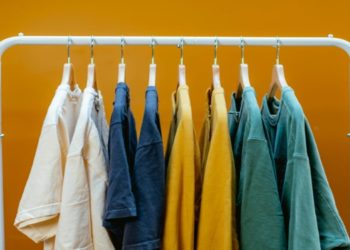Well, that’s it confirmed. There is to be a no mask mandate a month earlier than expected. No matter what you think of that, it proves something: things are going “back to normal”.
It’s hard to say what normal even was, but another sign that it might be more than an opaque concept is that London seems to be filling up again. Remember the photos of Leicester Square baron and empty? Even the pigeons seemed to be in smaller numbers. That is now a distant memory, of less than two years ago. The streets are filling up and people are making their way back to the capital.
But why? What’s bringing everyone back to the capital? Has anything changed since lockdown? We investigate.
The hybrid workplace
One thing that was discovered due to lockdown, was just how much people loved working from home. Employees reported a better work/life balance while managers saw a rise in productivity. But it wasn’t all sunshine and roses. Working from home had its pros and cons. Some employees felt isolated, and their work stagnated while business owners wondered what to do with their massive empty premises.
Suddenly, there was a massive upheaval on how the ordinary office environment conducts itself. Self storage in London is filling up with PCs and desks as business owners downsize their premises and swap out stationary computers for laptops.
And thus, the hybrid workplace was born. Employees rotate in and out of the office, taking their new laptops home when they need to and sitting at the same desk their colleague was using the day before. It’s a useful compromise that allows people to go back to their city without forcing them.
The events are starting up
Of course, it’s not only the workers that are returning to London. London thrives off of tourism, and although the flights have been sketchy and Buckingham Palace isn’t going anywhere, a lot of events that were deemed too dangerous to commence have finally had their time.
The most obvious of this was the UEFA Euro 2020 Final, held in July 2021 at Wembley Stadium, and featuring the home team. Football fans from all over the country flocked into the stadium. Even if the worldwide tourism population was lacking, it filled the seats.
Music gigs returned, although a lot of smaller ones keep getting pushed back and back even to this day. Names like Stormzy, Lady Gaga, Diana Ross and Elton John all made their way to stadiums full of fans. Some fell through, some didn’t, depending on the circumstances of the time.
Meanwhile, closer to the ground, museums and art galleries opened exhibitions, film festivals resumed, fashion shows slayed, and the city of London knew joy again.
The second houses have new owners
The state of London housing is notoriously awful. Social media is filled with reports of “studio apartments” that are actually cupboards, or one flat cut in half by a wall, for an extortionate rent rate.
Meanwhile, second homes are getting snapped up. Second homes are literally where the other half live, when they travel into London. On the weekend’s they’re found frolicking in the countryside or in the suburbs in their real home. And that’s where they were when London emptied. Once it was established that this silly little lockdown thing was doing to last more than a couple of weeks, a lot of second homes went on the market.
Maybe the more naïve of us thought this would result in some dispersion amongst the inner-city citizens, but no. Apparently the second-home market is booming in London as businesses within the city resumes and businessmen and women need somewhere to collapse after a 20-hour shift.











































































